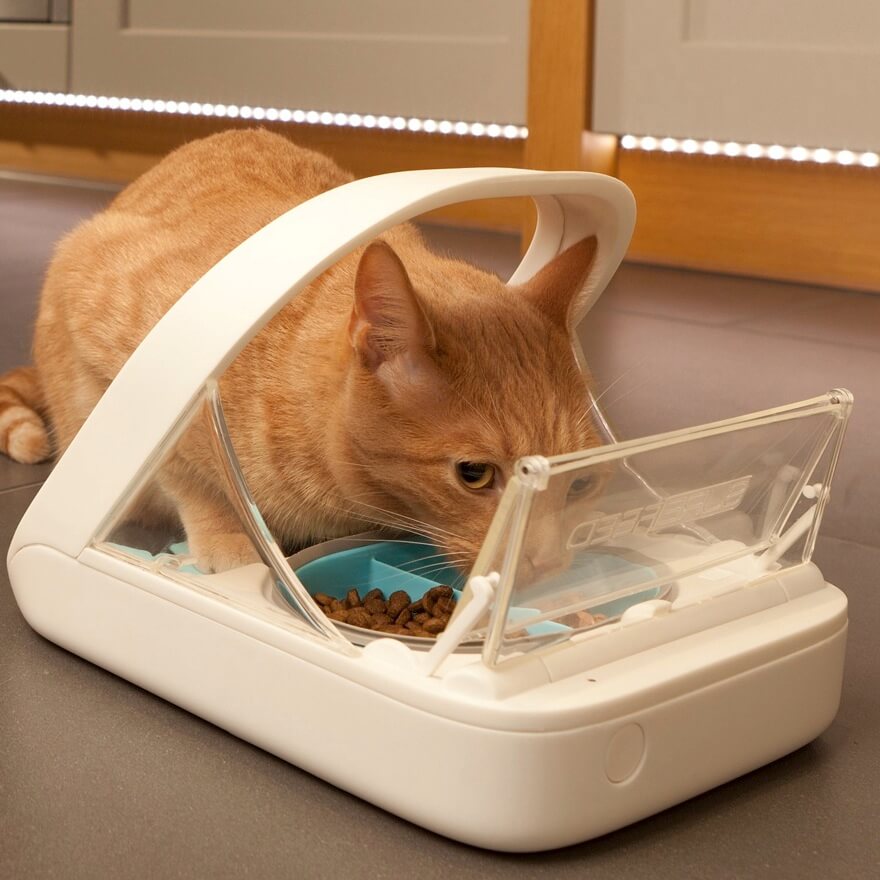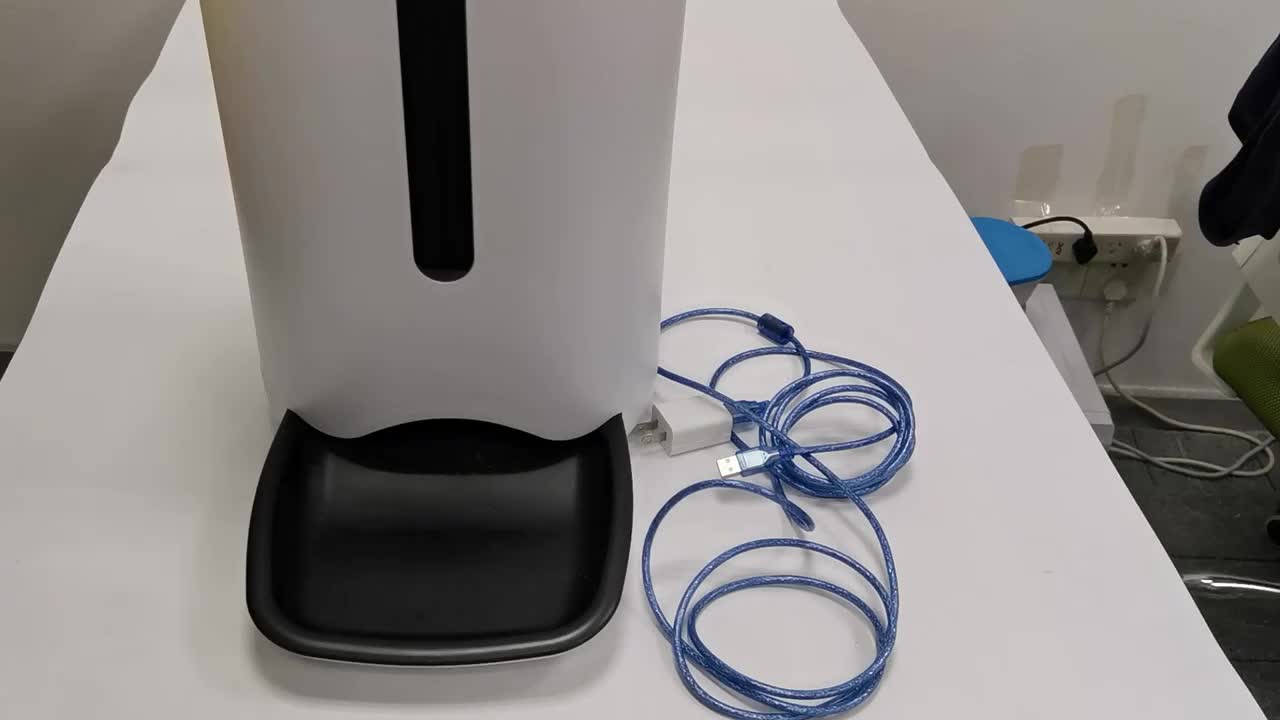

Remember to make sure that your pet is properly identified (e.g.

Reduce the quantity of food the day before but give it enough water.As a responsible pet owner, this responsibility is often overlooked. Remember taking an animal out of its natural environment or surroundings is by definition stressful.Īnimals behave perfectly fine when accustomed to the kennel or crate they are transported in. Purchase one in advance and get your animal used to being confined in it. Let it become familiar with the crate or kennel a few weeks or months before your planned departure.

Train your animal to its new surroundings

Flight confirmationĬontact the airline you have selected to confirm that they accept your pet on the day and flight that you prefer. Health certificate is delivered by your veterinarian and stipulates that the animal is healthy and fit to fly. Most airlines require a health certificate for any animal they are transporting, whether in the cabin or as an unaccompanied shipment. Check with the airline for any special requirements for shipping your pet. The airlines can usually give you a list of shippers with whom they work.īut it is possible that you can do all this yourself. In some countries, this may be the easiest and surest method and some airlines will not accept animals handled by anyone other than a shipper.
Microchip cat feeder full#
You can either find an animal shipper who can make all the necessary reservations and take full charge from collecting your pet, boarding it if need be, taking it to the airport and have it met at the other end and delivered to destination. The environmental needs of the animals are duly considered during loading, off-loading or at a transit stop. More about airline proceduresĪirlines have specific procedures in place for the acceptance, handling and delivery of your animal. Airline proceduresĪirlines have specific procedures in place for the acceptance, handling and delivery of your animal. Animals which share the same household may become stressed and aggressive towards each other when traveling by air. Remember, animals may become stressed and aggressive when traveling by air and should not be placed in the same container unless they are young puppies or kittens. Animals over 14 kg must be crated individually. Certain national regulations require cats or dogs to be crated individually unless the consignment is a litter over 8 weeks and travelling with the mother.Ī maximum of two adult animals of comparable size up to 14 kg each, that are compatible in size and used to cohabiting, may be shipped in the same container/primary enclosure. When crating puppies or kittens together in the same container/primary enclosure they must be from the same litter, not older than six months, weigh no more than 14 kg each and no more than three per container. Weaned puppies or kittens may travel well together in the same primary enclosure. Snub-nosed breeds require 10% larger containerĬontainer width calculation for multiple animals:.Minimum internal container dimensions for a single animal: The calculated dimensions are internal container dimensions. Measurements A, B, C and D for determining the container dimensions must relate to the largest animal. When calculating the minimum internal height of the container, the height of bedding should be added to the height of the animal.Ī = length of animal from tip of nose to base/root of tail.Ĭ = width across shoulders or widest point (whichever is the greater).ĭ = height of animal in natural standing position from top of the head or the ear tip to the floor (whichever is higher). To assist in determining the approximate size of the traveling container, the following formula may be useful.


 0 kommentar(er)
0 kommentar(er)
